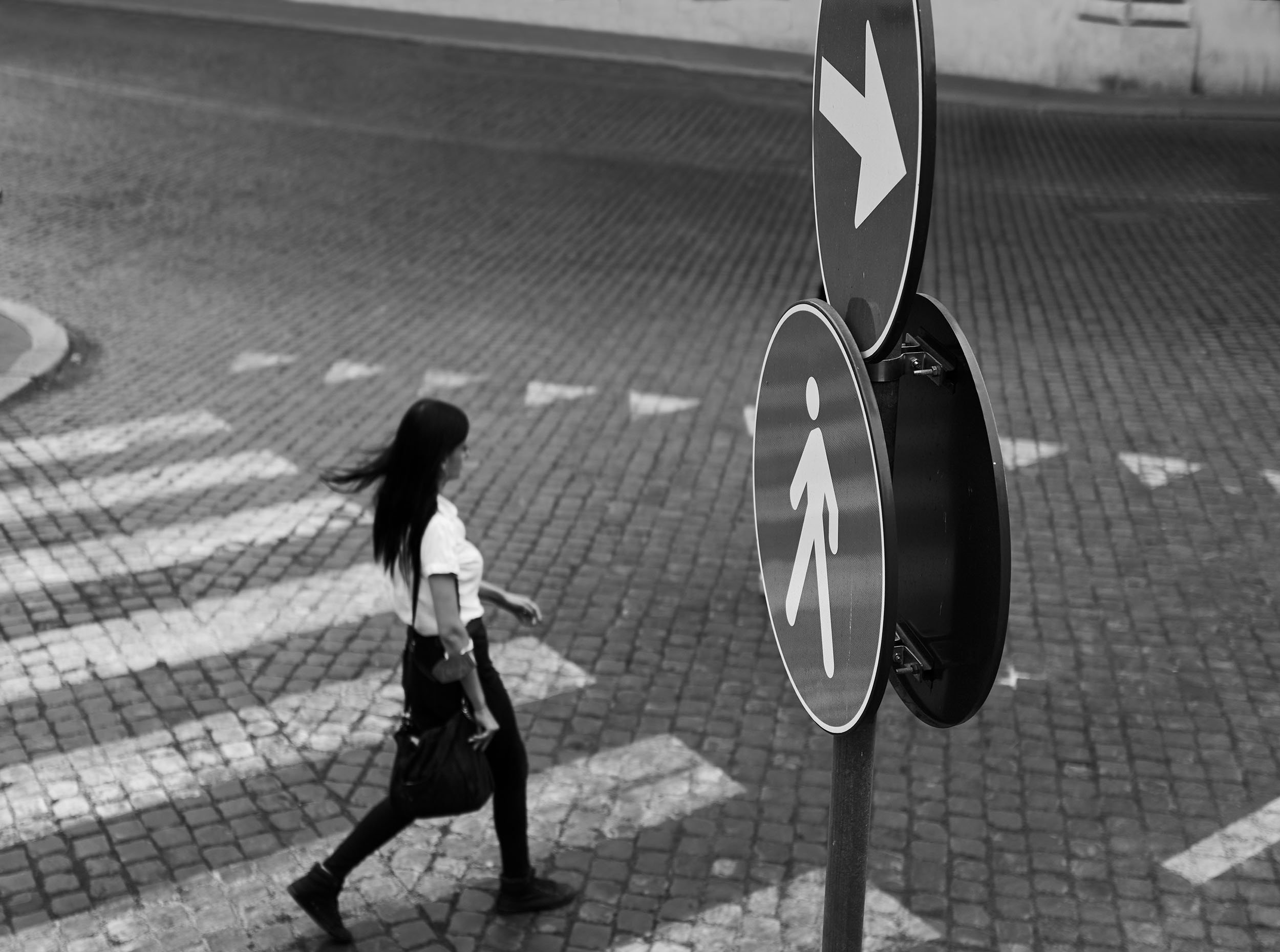9 Simple Techniques For Street Photographers
9 Simple Techniques For Street Photographers
Blog Article
Some Ideas on Street Photographers You Should Know
Table of ContentsWhat Does Street Photographers Do?The 6-Second Trick For Street PhotographersStreet Photographers - QuestionsNot known Incorrect Statements About Street Photographers The Facts About Street Photographers Revealed
Road professional photographers do not always have a social function in mind, however they like to separate and catch moments which may or else go undetected.Though he was affected by most of those who influenced the road professional photographers of the 1950s and '60s, he was not primarily thinking about capturing the spirit of the road. The impulse to aesthetically document people in public began with 19th-century painters such as Edgar Degas, douard Manet, and Henri de Toulouse-Lautrec, who functioned side by side with photographers trying to record the essence of metropolitan life.
Due to the somewhat primitive modern technology available to him and the long direct exposure time called for, he struggled to capture the stress of the Paris roads. He tried out with a collection of photographic methods, trying to find one that would enable him to catch activity without a blur, and he located some success with the calotype, patented in 1841 by William Henry Fox Talbot. Unlike Atget, professional photographer Charles Marville was worked with by the city of Paris to develop an encyclopaedic record of Haussmann's urban planning project as it unfolded, thus old and new Paris. While the photographers' subject was essentially the same, the results were significantly different, demonstrating the impact of the professional photographer's intent on the character of the images he produced.
Provided the fine quality of his pictures and the breadth of material, architects and artists commonly acquired Atget's prints to use as reference for their own work, though industrial rate of interests were barely his primary inspiration. Rather, he was driven to photo every last residue of the Paris he liked. The mingled enthusiasm and seriousness of his objective luster through, leading to photos that narrate his own experience of the city, high qualities that expected street photography of the 20th century.
More About Street Photographers
They disclose the city via his eyes. His work and fundamental understanding of photography as an art kind served as ideas to generations of digital photographers that complied with. The future generation of street photographers, though they likely did not describe themselves as such, was introduced by the photojournalism of Hungarian-born professional photographer Andr Kertsz.
Unlike go to this website his peers, Brassa used a larger-format Voigtlnder video camera with a much longer direct exposure time, compeling him to be a lot more calculated and thoughtful in his technique than he could have been if utilizing a Leica.
Cartier-Bresson was a champ of the Leica electronic camera and one of the very first photographers to maximize its abilities. The Leica permitted the photographer to engage with the environments and to record moments as they happened. Its fairly little dimension additionally aided the photographer fade into the background, which was Cartier-Bresson's favored technique.
Some Ideas on Street Photographers You Need To Know
It is since of this fundamental understanding of the art of picture taking that he is frequently credited with discovering the medium throughout again about a century because its development. He took pictures for even more official statement than a half century and influenced generations of professional photographers to trust their eye and intuition in the moment.
These are the concerns I shall attempt to address: And after that I'll leave you with my own interpretation of road photography. Yes, we do. Let's kick off with defining what a meaning is: According to (Street Photographers) it is: "The act of defining, or of making something certain, distinctive, or clear"
No, certainly not. The term is both limiting and deceiving. Seems like a road photography should be images of a streets appropriate?! And all road photographers, with the exception of a handful of absolute novices, will fully value that a street is not the vital element to road photography, and in fact if it's an image of a street with perhaps a couple of dull individuals not doing anything of interest, that's not street digital photography that's a picture of a road.
7 Simple Techniques For Street Photographers
He makes a legitimate factor don't you think? While I concur with him I'm not certain "honest public digital photography" will certainly capture on (although I do kind of like the term "candid photography") because "street photography" has been around for a long time, with numerous masters' names connected to it, so I think the term is right here to remain (Street Photographers).
Inside?! I hear you scream as you drink your hand to the skies. Why not? You can fire at the coastline, at an event, in a street, in a park, in a piazza, in a cafe, at a museum or art gallery, in a metro station, at an event, on a bridge, under a bridge ...

The Facts About Street Photographers Uncovered

Report this page